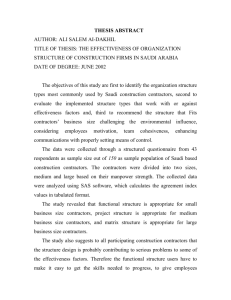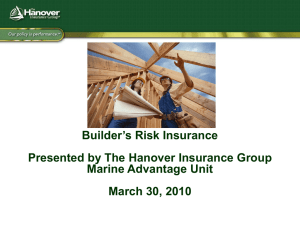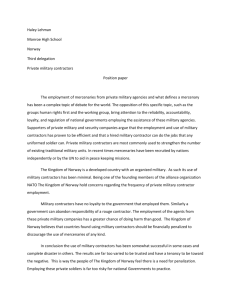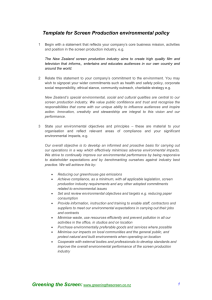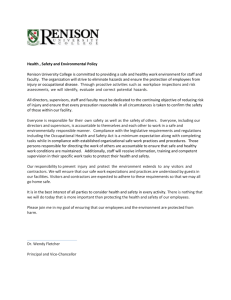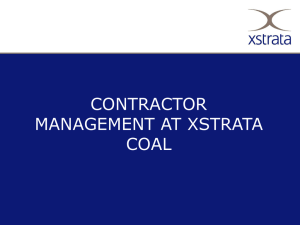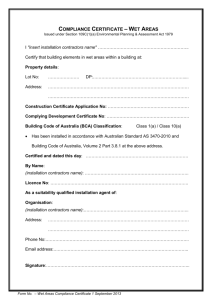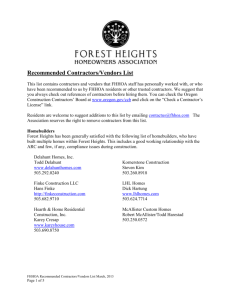SF Carbon Fund Attachment A: Narrative
advertisement
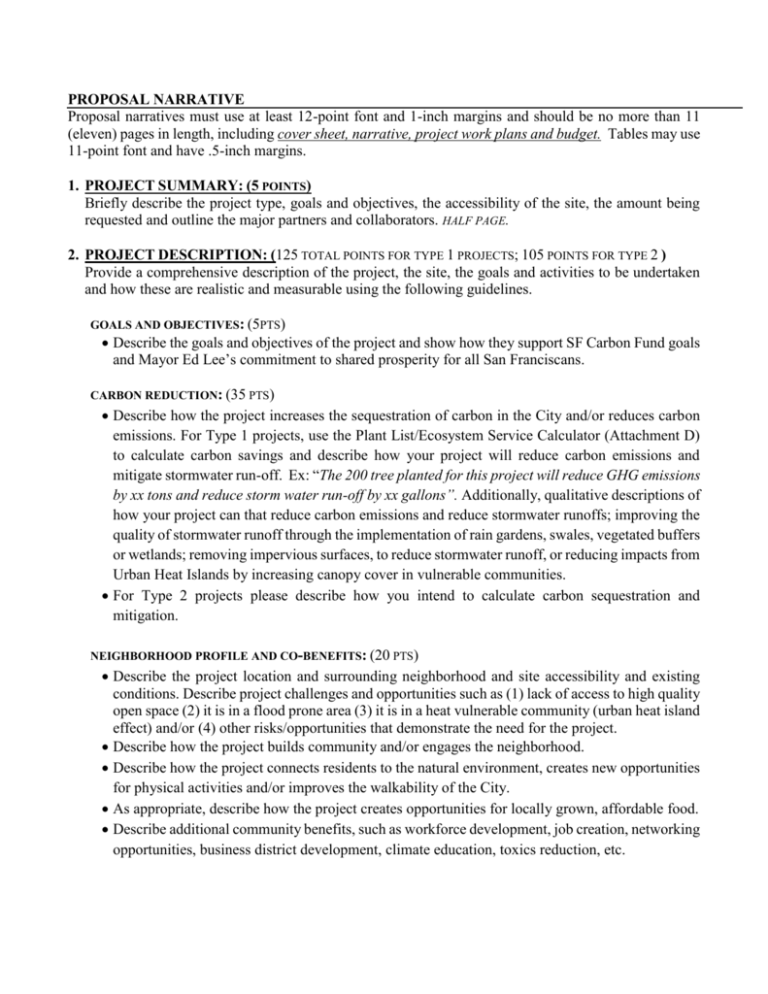
PROPOSAL NARRATIVE Proposal narratives must use at least 12-point font and 1-inch margins and should be no more than 11 (eleven) pages in length, including cover sheet, narrative, project work plans and budget. Tables may use 11-point font and have .5-inch margins. 1. PROJECT SUMMARY: (5 POINTS) Briefly describe the project type, goals and objectives, the accessibility of the site, the amount being requested and outline the major partners and collaborators. HALF PAGE. 2. PROJECT DESCRIPTION: (125 TOTAL POINTS FOR TYPE 1 PROJECTS; 105 POINTS FOR TYPE 2 ) Provide a comprehensive description of the project, the site, the goals and activities to be undertaken and how these are realistic and measurable using the following guidelines. GOALS AND OBJECTIVES: (5PTS) Describe the goals and objectives of the project and show how they support SF Carbon Fund goals and Mayor Ed Lee’s commitment to shared prosperity for all San Franciscans. CARBON REDUCTION: (35 PTS) Describe how the project increases the sequestration of carbon in the City and/or reduces carbon emissions. For Type 1 projects, use the Plant List/Ecosystem Service Calculator (Attachment D) to calculate carbon savings and describe how your project will reduce carbon emissions and mitigate stormwater run-off. Ex: “The 200 tree planted for this project will reduce GHG emissions by xx tons and reduce storm water run-off by xx gallons”. Additionally, qualitative descriptions of how your project can that reduce carbon emissions and reduce stormwater runoffs; improving the quality of stormwater runoff through the implementation of rain gardens, swales, vegetated buffers or wetlands; removing impervious surfaces, to reduce stormwater runoff, or reducing impacts from Urban Heat Islands by increasing canopy cover in vulnerable communities. For Type 2 projects please describe how you intend to calculate carbon sequestration and mitigation. NEIGHBORHOOD PROFILE AND CO-BENEFITS: (20 PTS) Describe the project location and surrounding neighborhood and site accessibility and existing conditions. Describe project challenges and opportunities such as (1) lack of access to high quality open space (2) it is in a flood prone area (3) it is in a heat vulnerable community (urban heat island effect) and/or (4) other risks/opportunities that demonstrate the need for the project. Describe how the project builds community and/or engages the neighborhood. Describe how the project connects residents to the natural environment, creates new opportunities for physical activities and/or improves the walkability of the City. As appropriate, describe how the project creates opportunities for locally grown, affordable food. Describe additional community benefits, such as workforce development, job creation, networking opportunities, business district development, climate education, toxics reduction, etc. PLANT PALETTE AND GREENING: (10 PTS-BASED ON NARRATIVE AND WORK PLAN) Describe whether (and how) invasive species will be removed from the site. Describe whether (and how) riparian or wetland habitats will be restored. As appropriate, describe how the project supports the City's Urban Orchard & Agriculture goals by planting harvestable species. As appropriate, describe how the project supports the City’s Urban Forestry Master Plan. As appropriate, describe how the project supports the City’s Biodiversity Goals. Describe how the project restores locally appropriate habitat and supports and sustains vital wildlife, e.g. bees, birds and butterflies. PROJECT IMPLEMENTATION: (10 PTS- BASED ON NARRATIVE AND WORK PLAN) For Type 1 projects, describe how you will complete the implementation component of the project within 12 months from the start of the grant. For Type 2 projects, describe how you will complete the project within 24 months from the start of the grant. Describe how the project uses locally sourced materials, such as native, locally appropriate or harvestable plants sourced from a local nursery. If appropriate, describe how the project reuses existing site materials, such as repurposing existing concrete to create permeable pavers or the reuse of fallen trees to build site furniture. Describe how the project complies with the City’s statutes and ordinances requiring the materials removed from the existing site be composted or recycled. Use the following chart to identify necessary permits and timelines for securing permits. While it is not required that you submit official permits with the proposal, you must submit a letter from the landowner for your project site indicating commitment to the project. NAME OF PERMIT / PERMISSION ONGOING STEWARDSHIP: TIMELINE FOR OBTAINING (10 PTS FOR TYPE 1 PROJECTS, FOR TYPE 2 PROJECTS, THIS WILL BE NOT BE INCLUDED IN EVALUATION ) Describe the plan for maintaining the project for 24 months after the initial 12-month implementation phase, including updating the Plant List/Ecosystem Services documentation, partners involved in maintenance, methods for monitoring, caring for and replacing trees and plant material if necessary. Detail how organic maintenance material will be taken care of and is in compliance with the City’s statutes and ordinances. Describe how the project follows the City’s Integrated Pest Management Ordinance. PROJECT MAINTENANCE & ENTITY PROVIDING PERMIT/PERMISSION Outline opportunities to minimize greenhouse gas emissions during maintenance, such as use of a renewable fuel for vehicles or maintenance equipment. WORKPLAN: Show that the project is well thought-out and includes activities and deliverables in a feasible timeline. Workplans should include activities and plans for meeting the goals and objectives of the projects, as well as plan for meeting reporting requirements throughout the entire 3 years of grant funding. (Three Plant Inventory Reports including the initial report within three months of the end of the first year). Funding may be withheld if work plan activities and deliverables are not completed according to the approved schedule. Quar Activities ter Y1Q1 Y1Q2 Y1Q3 Y1Q4 Y2Q1 Y2Q2 Y2Q3 Y2Q4 Deliverables Resp Budget Personnel Contractors Supplies: TOTAL: Personnel Contractors Supplies: TOTAL: Personnel Contractors Supplies: TOTAL: Personnel Contractors Supplies: TOTAL: Personnel Contractors Supplies: TOTAL: Personnel Contractors Supplies: TOTAL: Personnel Contractors Supplies: TOTAL: Personnel Contractors Supplies: TOTAL: Y3Q1 Y3Q2 Y3Q3 Y3Q4 Personnel Contractors Supplies: TOTAL: Personnel Contractors Supplies: TOTAL: Personnel Contractors Supplies: TOTAL: Personnel Contractors Supplies: TOTAL: 3. QUALIFICATIONS: (15 PTS) Describe the qualifications of your organization, partner organizations and key team members and their ability to achieve the goals of the project. Clearly articulate the role of each project partner. Describe successful management of similar grants and projects. 4. BUDGET : (15 PTS) Describe how the project goes beyond the scope of existing City operations and would not be realized without grant funding. Describe how the proposed project leverages other resources and funding. For Type 1 projects, funding requested for personnel should not exceed 30% of the overall grant in order to maximize the ongoing impact of the project and ecological services provided. Type 2 proposals can request a greater percentage for personnel given their investigative nature.

